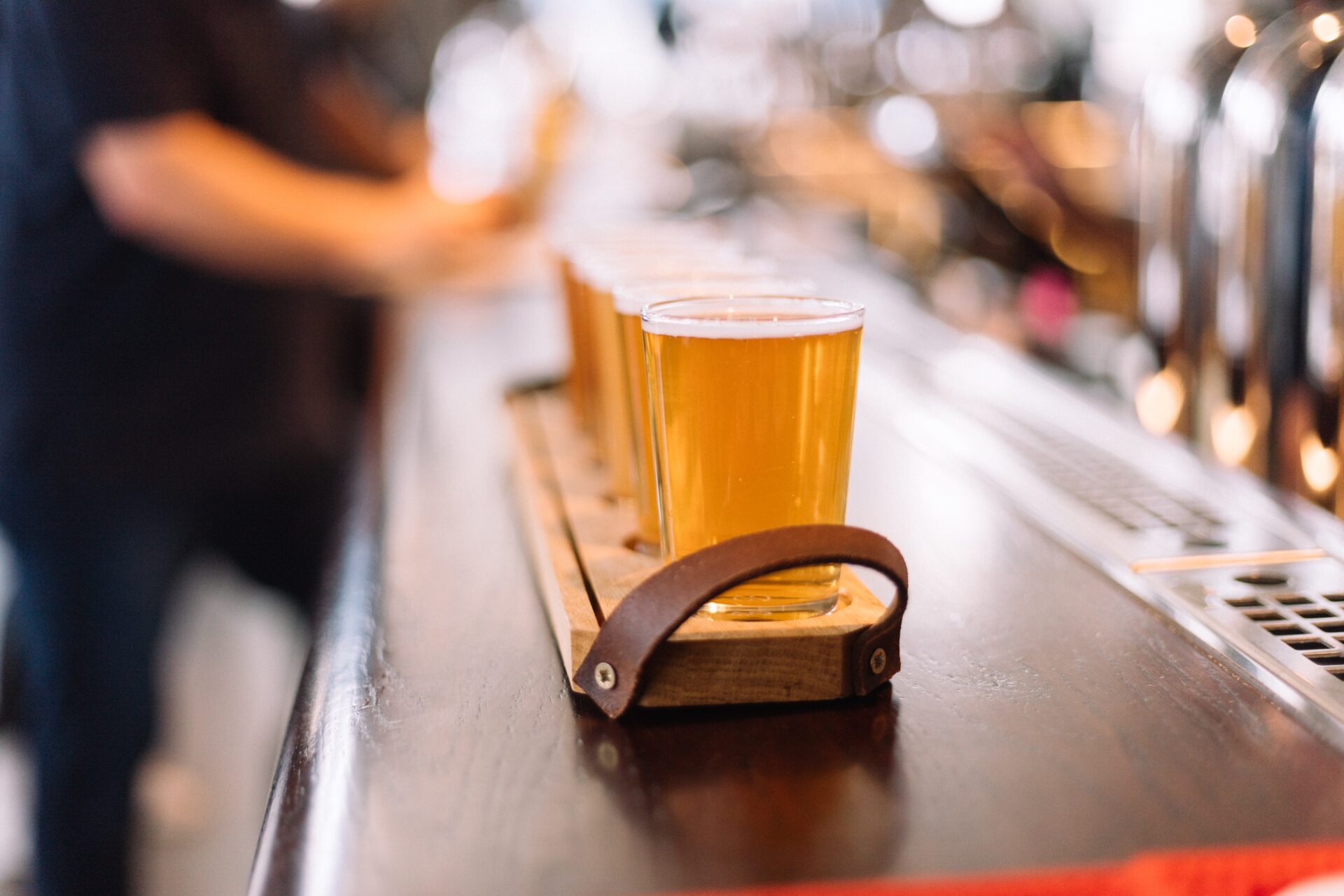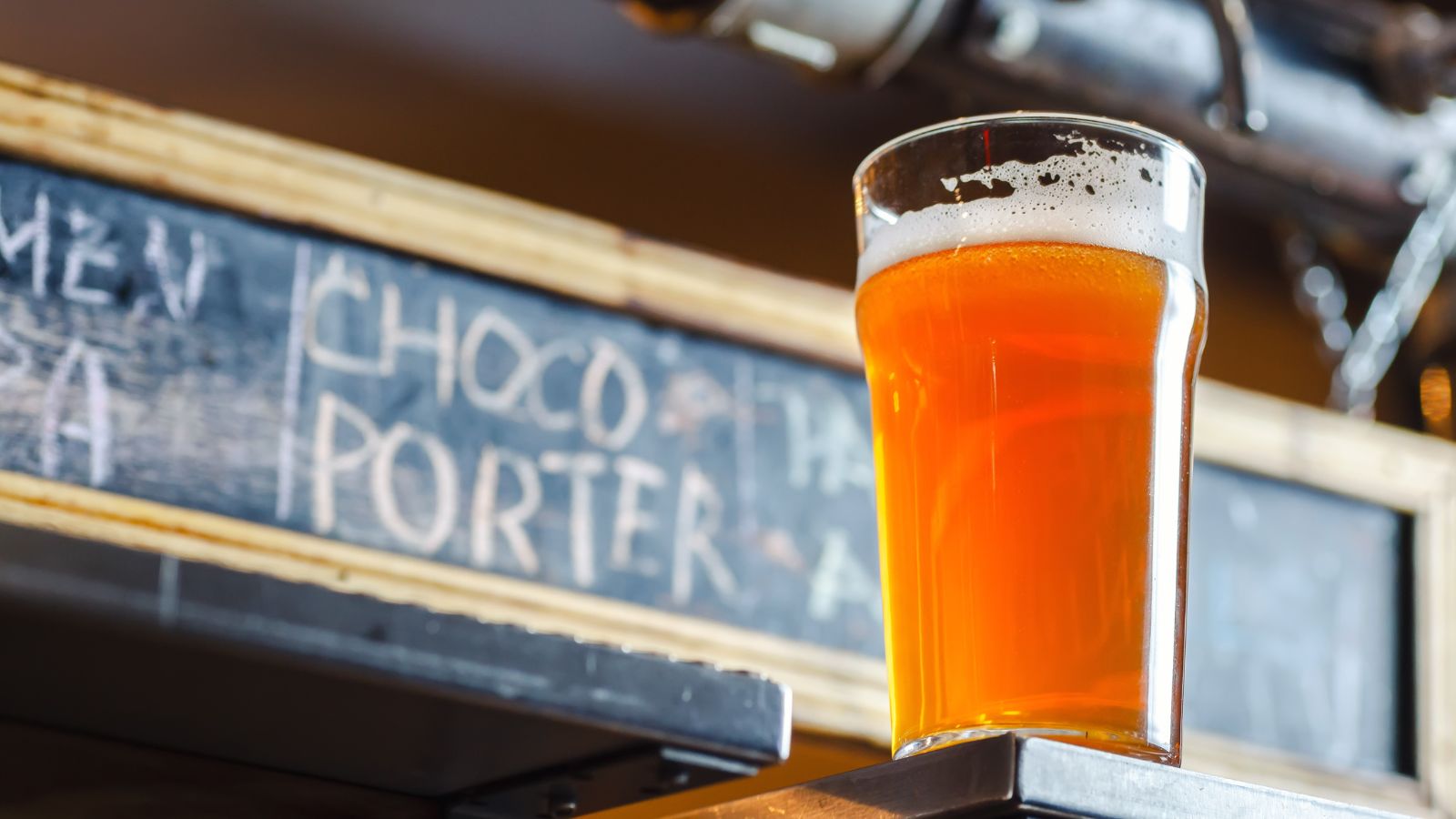Note: In the current (2015) BJCP Style Guidelines, Belgian Pale Ale is Style 24B in Category 24 which contains the maltier to balanced, more highly flavored Belgian and French ales. Belgian Ale
Cheers!!

Belgian Pale Ale Description
Information on Belgian Pale Ale is somewhat difficult to find on the internet. There are so many different categories for Belgian beer that the lines between them get muddled. Compounding the problem is the fact that many Belgian beers don’t really fall into a category at all.
The style has been around since the 1700s when Belgium, like many other countries in Europe, was taken over by the lager craze. In an attempt to make their own version of a pilsner, Belgian brewers used the palest base malts they could find and Czech, Slovenian, or German hops, but kept their ale dry yeasts.
As you might expect, the Belgian yeasts created a beer with lots of pear and orange fruity esters along with the spicy phenols Belgium beers are known for.
In Belgium, this beer is considered an “everyday” beer by their Legal Beer Classification. This category envelopes all beer with gravities between 1.044 and 1.054. These are what the Belgians consider “session beers.” Think of them as the Belgian Ale version of a pilsner.
The most common Belgian Pales today originated after World War II when the British soldiers left, taking their English Pale Ales with them.
Traditionally, the Belgian Pale Ales were malty and sweet, but after WWII, they became more bitter, with a noticeable noble hop character that is often “pilsner-like” and lingers long into the aftertaste. Some examples have a British influence on the hop and yeast selection as well.
These beers are similar to British beers or Pale Ale, but no one suggests a direct influence from Britain. Some Belgian beers are labeled with the word Ale, and others with Special (spelled in different ways) to distinguish them from the lagers.
The Belgian Pale Ale and the Belgian Blonde Ale are lumped together in the same category by both the Great American Beer Festival (GABF) and World Beer Cup, if things weren’t already confusing enough. The Belgian Blonde Ale is a more moderate version of the Belgian Strong Ale and was developed to appeal to the growing number of pilsner drinkers.
When trying to brew the Belgian Pale Ale to style, keep in mind that this is still a session beer. As such, it should be easy to drink and balanced. Many homebrewers read the style description and make their beer with too much malty sweetness or too much phenolic spiciness. They call this an “everyday” beer for a reason.
A well-brewed Belgian Pale Ale should taste smooth and fruity with light to moderate spicy notes. The malt should come across as toasty, biscuity, or nutty and the hop character should be moderate or low. Belgians drink lots of this beer every day and no one wants to drink prodigious amounts of a big sugary sweet brew.
To make a good example of the style, ferment this beer at around 66 °F (19 °C) to keep the phenolics and esters in check. Also, pitch plenty of healthy yeast to allow the beer to complete the fermentation and clean up the byproducts, such as diacetyl. The key here is balance.
References: Information for this article was adapted from the BJCP style guidelines for 2008 and 2015, and the book Brewing Classic Styles 80 Winning Recipes Anyone Can Brew, written by Jamil Zainasheff and John J. Palmer, Homebrew Digest (hbd.org) article entitled Belgian Beer Style Notes, Michael Jackson’s Beer Hunter website article entitled Belgium’s Great Beers-Understanding the styles-Golden Ales and the GABF style listing (2007) for Belgian Style Pale Ale category 59A.
Related: Difference Between Pale Ale and IPA
Recommended Articles:

